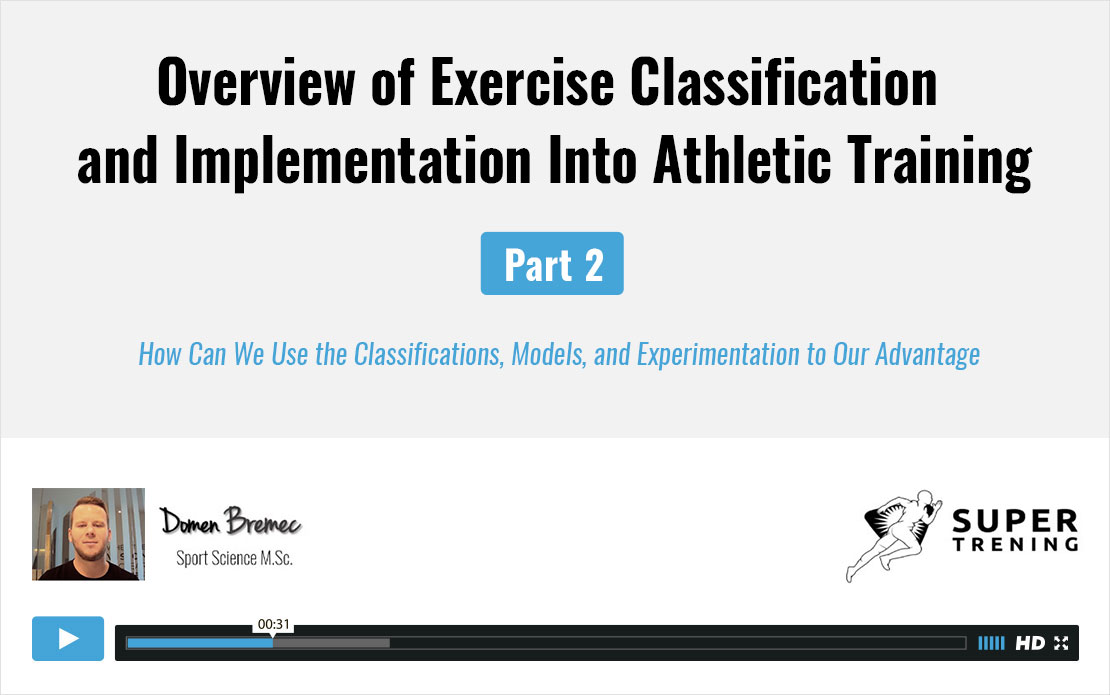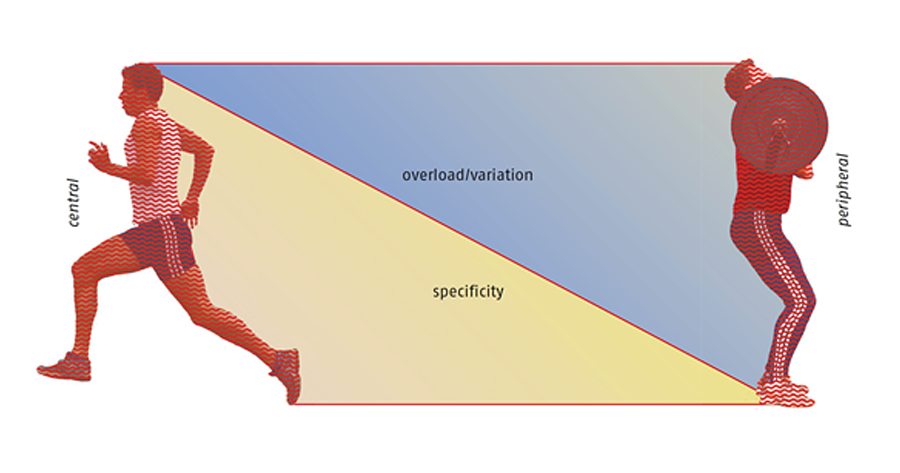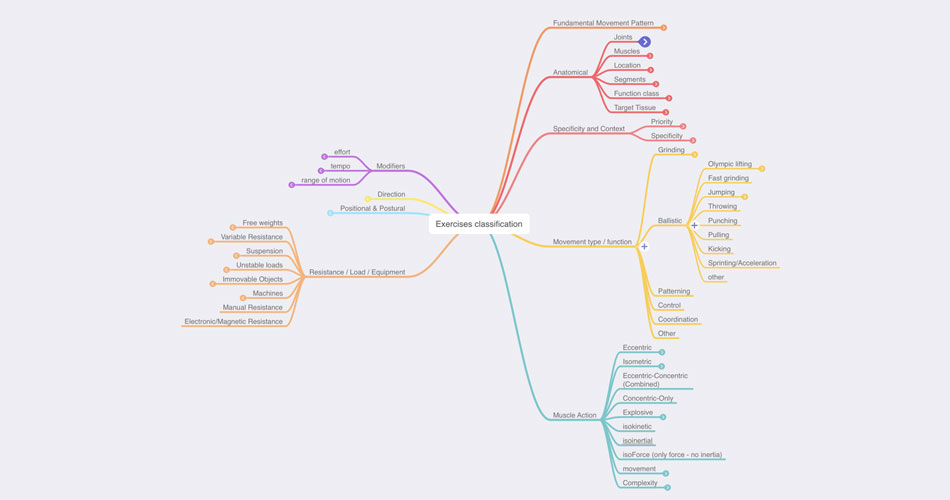Overview of Exercise Classification and Implementation Into Athletic Training – Part 2
How can we use the classifications, models, and experimentation to our advantage
Today’s part 2 of the presentation will focus a bit more on the practical side of the classifications, why creating a pool of exercises will save you a lot of time, trouble, and nerves, and what are some of the important things to keep in mind when prescribing training and we touch upon the classification of the ballistic movements. If you haven’t watched part 1, I strongly recommend you do that before watching part 2. You can find it HERE.
As stated before, we must know that any kind of classification (or categorization) depends on the criteria we decide to use. There is no right or wrong, as long as you have an argument and a reason for using a particular class. The same goes for the definition of the ballistic (there is no singular definition) and what to include in those classes.
In the following presentation, I discuss my view and which categories to include.












Responses